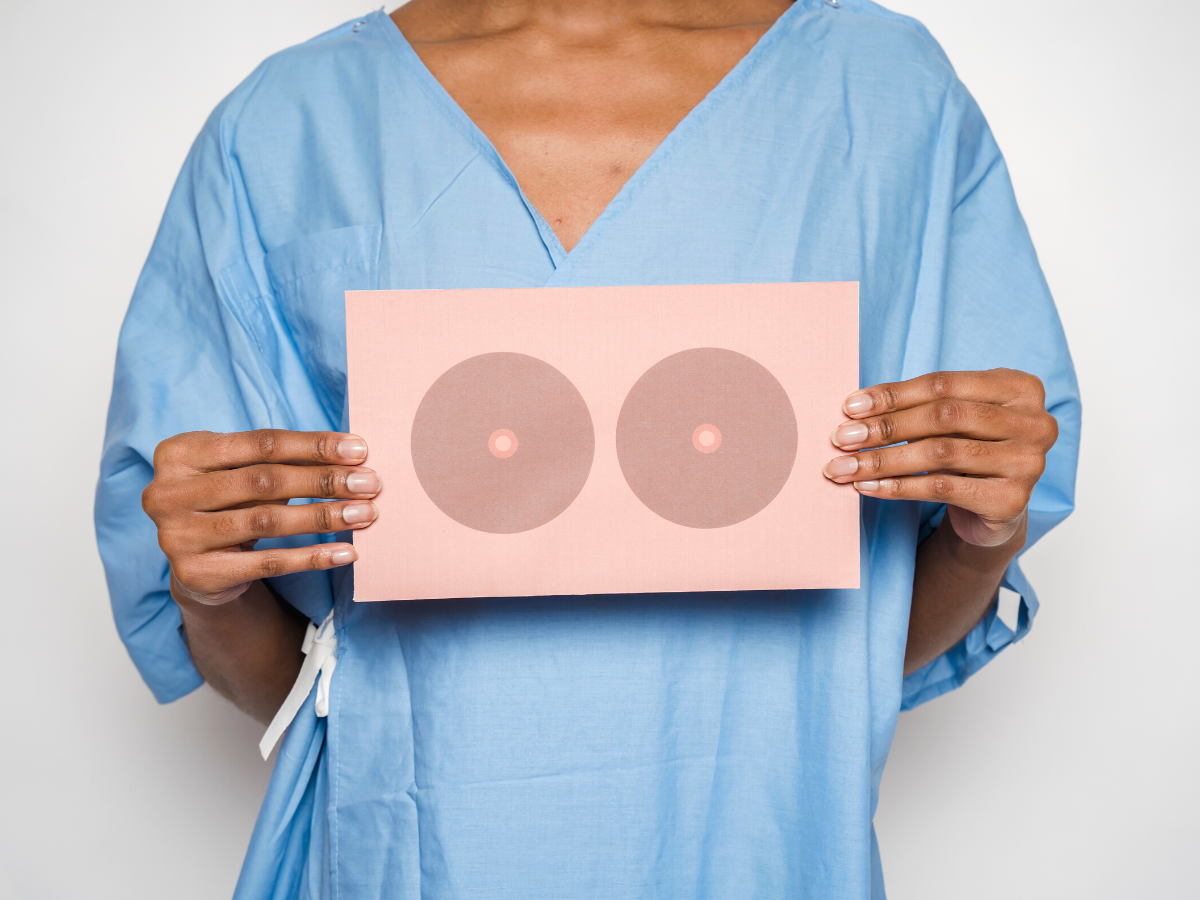Rare diseases are extremely difficult to diagnose. Not only do symptoms often coincide with other, more commonplace ailments, but most of these diseases are unheard of in the first place.
As one of over 7,000 diseases officially labelled as rare, Gaucher is a prime example. Only about 100,000 people in the world have Gaucher disease, and the effects it has on patients can be debilitating.
Though it is widely unheard of, Gaucher is the second most common of the group of over 40 lysosomal storage disorders (LSDs). LSDs occur when the body’s digestive lysosomes are unable to break down substrates in the body and lead to excessive accumulation.
The disease is passed down from parents and children through a single mutation of the GBA gene. Gaucher is inherited through an autosomal recessive pattern, meaning that both copies of the gene must be mutated in order to be expressed in offspring. However, in many cases, neither parent shows signs of possessing the disease as they are merely carriers. This makes it much harder to diagnose without a clear family history.
Gaucher disease involves the buildup of fatty tissue in the organs, affecting their function. This also occurs around the bones, causing pain and increasing the risk of fractures.
Types and treatment
Several types of Gaucher disease exist.
Type 1, the most common, involves an abnormally enlarged liver or spleen, low levels of circulating red blood cells (anaemia), low platelet levels (thrombocytopenia), breathing problems, bruising, and skeletal abnormalities such as bone pain, arthritis, or fractures. This can be mild to severe, showing up anytime from childhood to adulthood. This type affects 94% of Gaucher sufferers, and those of Ashkenazic Jewish descent are disproportionately affected with as high as 1 in 450 births being afflicted with this disease. Type 1 Gaucher is non-neuronopathic, meaning that the brain and spinal cord are unaffected.
Conversely, Type 2 and 3 are neuronopathic variations, which on top of the symptoms above, affect the nervous system. This means that patients also experience seizures, brain damage, loss of mobility, and abnormal eye movements. Life-threatening problems begin at infancy for Type 2 (acute) Gaucher disease, whilst Type 3 (chronic) worsens more slowly relative to the former.
The most serious of them all is perinatal lethal Gaucher, which affects babies before birth. Skin abnormalities, fluid accumulation, and serious neurological problems afflict its sufferers, and most individuals only live on for a few days after birth.
The degree of damage done can be monitored through dual-energy x-ray absorptiometry – low-level x-rays that measure bone density, and MRIs can show the size of the liver, spleen, and effect on bone marrow.
There are several different treatments to mitigate the severity of the disease.
Enzyme replacement therapy is a popular treatment, which aims to balance low enzyme levels with artificial ones, breaking down glucocerebrosidase, the fatty chemical that builds up within Gaucher patients. This can be done outpatient intravenously (through the veins), in high doses throughout two weeks. Substrate reduction therapy can also be carried out, which contrastively blocks the production of glucocerebrosidase.
However, the neurological symptoms brought about by Type 2 and Type 3 Gaucher disease cannot be improved by these therapies. Milugstat, Eligustat, and osteoporosis medications are currently prescribed to Gaucher patients.
Bone marrow transplants and spleen removals have also been recommended in some cases. Though high-risk, the former is used to remove and replace damaged blood cells, whilst the latter is a last-resort surgery.
The diagnostic odyssey
Like with many rarer, lesser-known diseases, sufferers of Gaucher experience symptoms that may often be written off as other, more common sicknesses. Patients can be asymptomatic, or experience a whole range of side effects.
Due to the extremely low number of worldwide cases, doctors may doubt their patient’s symptoms, labelling them as psychosomatic or mentally induced, prolonging the diagnostic process.
The variability in age, severity, symptoms, and type also makes it difficult for doctors to diagnose patients with Gaucher. Additionally, non-specific symptoms such as nosebleeds and fatigue make it difficult to attribute to this already rare disease.
When consulting a doctor about any of these symptoms, it is natural for them to consider a more commonplace reason – breathing problems can be chalked up to a lung infection, bone pain can be attributed to physical exertion and injury or even osteoporosis, whilst blood problems such as anaemia can be ascribed to a mere vitamin or iron deficiency.
Most often, patients that encounter an enlarged liver and spleen, as well as low blood count, are referred to a haematologist for consultation and treatment. Though they are experts in their field, the extremely low count of Gaucher sufferers means that most providers are not exposed to patients with the disease.
A study of 406 haematology-oncology specialists showed that ‘only 20% would consider Gaucher disease Type 1 in their differential diagnosis for a patient presenting with common disease-related symptoms (anaemia, thrombocytopenia, hepatomegaly, splenomegaly and bone, pain)’.
This is a problem, as many cases go undiagnosed. This is especially dire for patients in countries without universal healthcare. Medical fees from switching doctors, and receiving treatments for unrelated illnesses can be financially crippling.
Additionally, even more apparent in those who suffer from Gaucher, irreversible damage can be done to the organs if it is not detected early, causing chronic pain and disabling symptoms. Early diagnosis and treatment can reverse several of the disease signs and symptoms, integral in improving the quality and length of life.
A survey showed that for patients in the US, the mean time from first symptoms to Gaucher diagnosis was 49 months, and 36 months in Australia and New Zealand, and overall, an average of 8 physicians were consulted. Several patients also had unnecessary invasive investigations, such as percutaneous liver biopsies, and bone marrow biopsies. A simple blood test can confirm the presence of Gaucher disease.
The hurdles do not end there, as once they are diagnosed, patients need to find specialists. The rarity and complexity of the disease also mean that most general doctors aren’t equipped to treat it, and patients must visit centres specialised in treating Gaucher cases, which can make fees much more expensive.
This process of rare disease identification is often referred to as a diagnostic odyssey, as the time spent from the patient’s first symptoms to the reception of an accurate diagnosis takes an average of seven years.
Why is it important to diagnose?
Diagnosis is an essential part of receiving effective treatment. Treating on a symptom-by-symptom may not be enough for certain diseases such as Gaucher. Especially with degenerative diseases, which get worse over the course of the patient’s life, time is integral. Life-saving operations and medications may be needed to prevent the disease from becoming terminal and uncontrollable. Not only is lack of treatment a problem, but wrong treatment as well. Medication may be unsuitable with the disease at hand, and could potentially, in the worst case, intensify the patient’s condition.
Excessive money and time are spent in the journey towards diagnosis. Years go by for the average Gaucher sufferer, and expensive, painful tests are conducted fruitlessly. It is integral for not only patients to log all their symptoms and conduct educated research of their own, but for doctors to listen to their patients and consider the possibility of rare diseases when making a diagnosis.
More awareness must be raised for diseases such as Gaucher. It is encouraged for doctors to look at the whole range of possibilities when diagnosing a patient’s condition, in order to identify and treat the disease at its least harmful. Early diagnosis lessens the chance of irreversible damage.
This piece is part of our series for Rare Disease Day 2022 where we invited our writers to focus on a disease they would like to raise awareness about.
About the Author: Shadine Taufik
Shadine Taufik is a contributing Features writer with expertise in digital sociology and culture, philosophy of technology, and computational creativity.
Recommended for you

Antidepressant Prescribing at Six-Year High
More people are taking antidepressants than ever. Is this a dark sign of the times or an indication that mental health stigma is changing?

Can AI be Used to Determine Cancer Recurrence?
When cancer patients go into remission, they often worry about it coming back. AI can now help identify those at risk of cancer recurrence.

Pegasus – Still a Threat to the UK?
The notorious Pegasus spyware has been misused to exploit vulnerabilities in devices, even those kept within the walls of Number 10.
Trending

Drug Decriminalisation: Could the UK Follow Portugal?
Portugal’s drug decriminalisation has reduced drug deaths and made people feel safe seeking support. Would the UK ever follow suit?

Calling All Unvaccinated UK Adults
With Covid cases rising, the NHS is urging the 3 million UK adults who remain unvaccinated to come forward.





